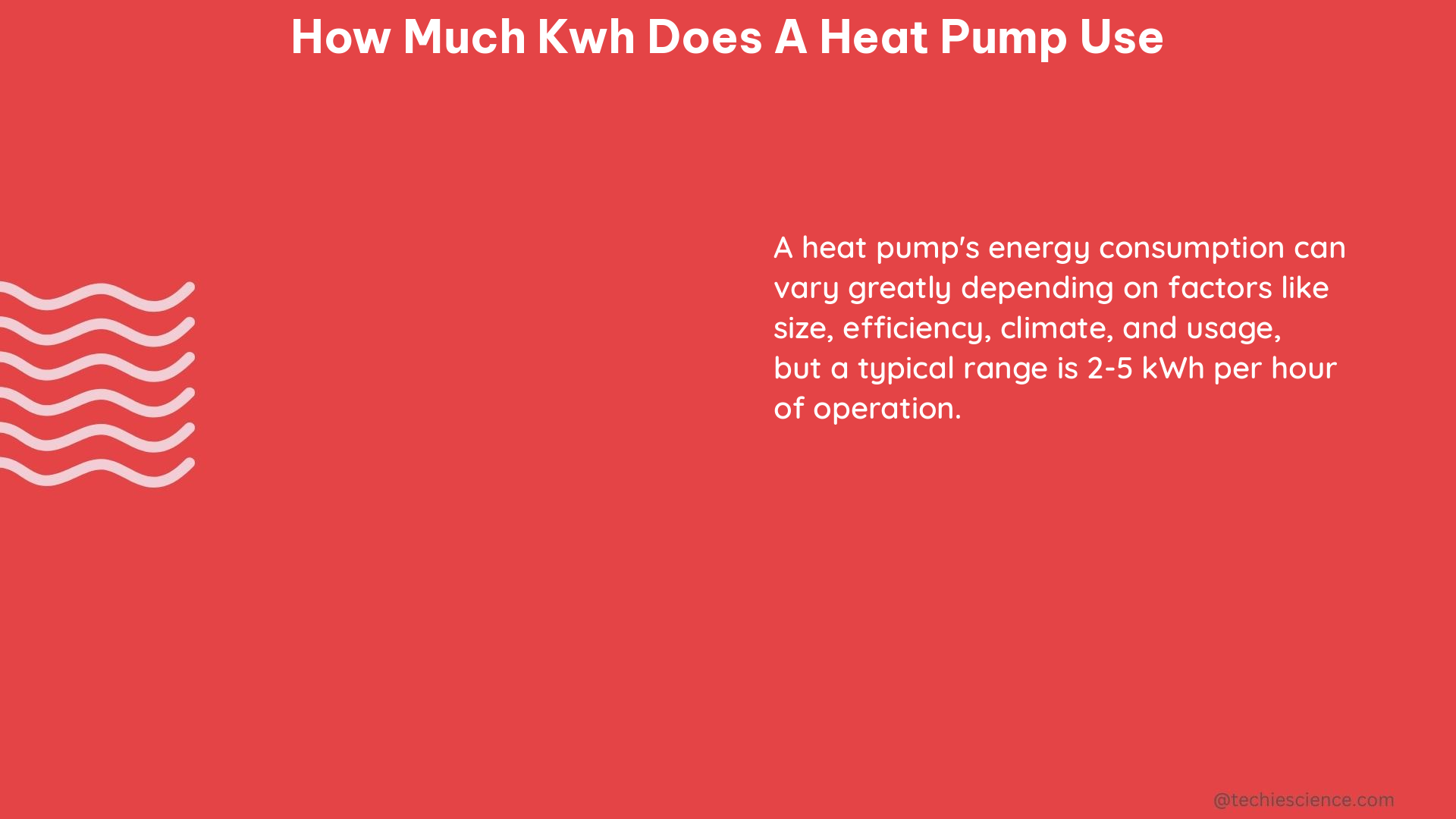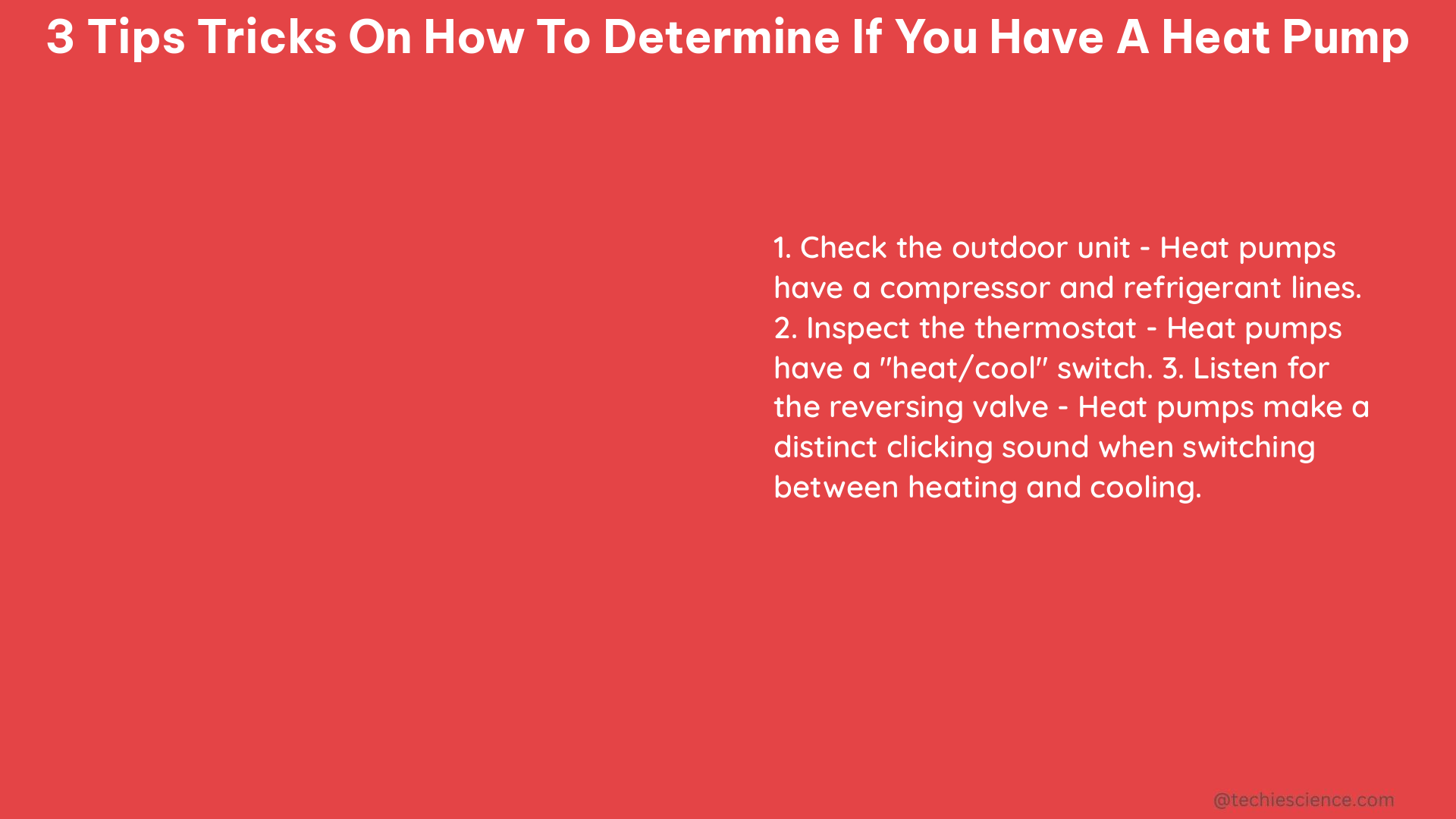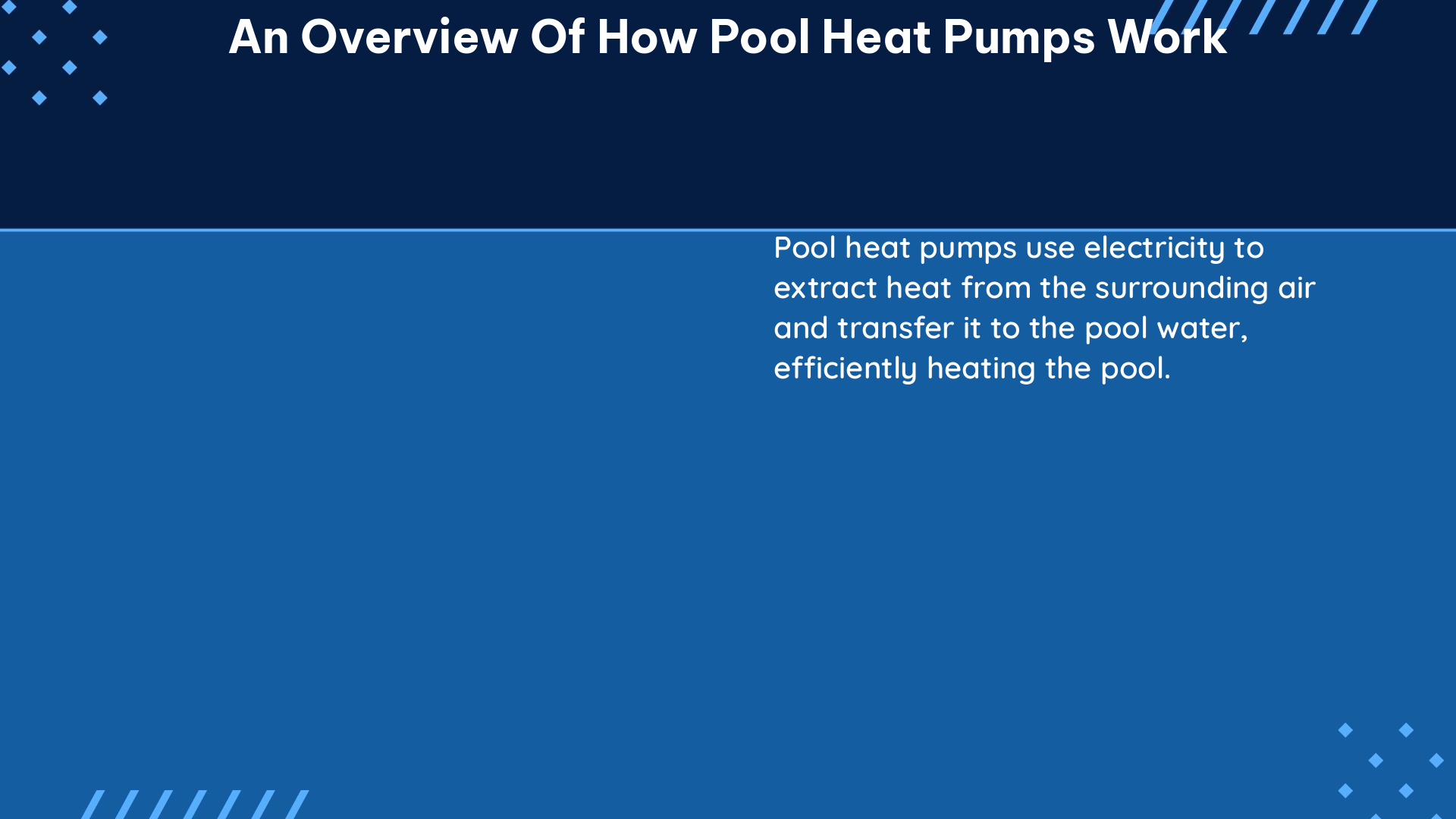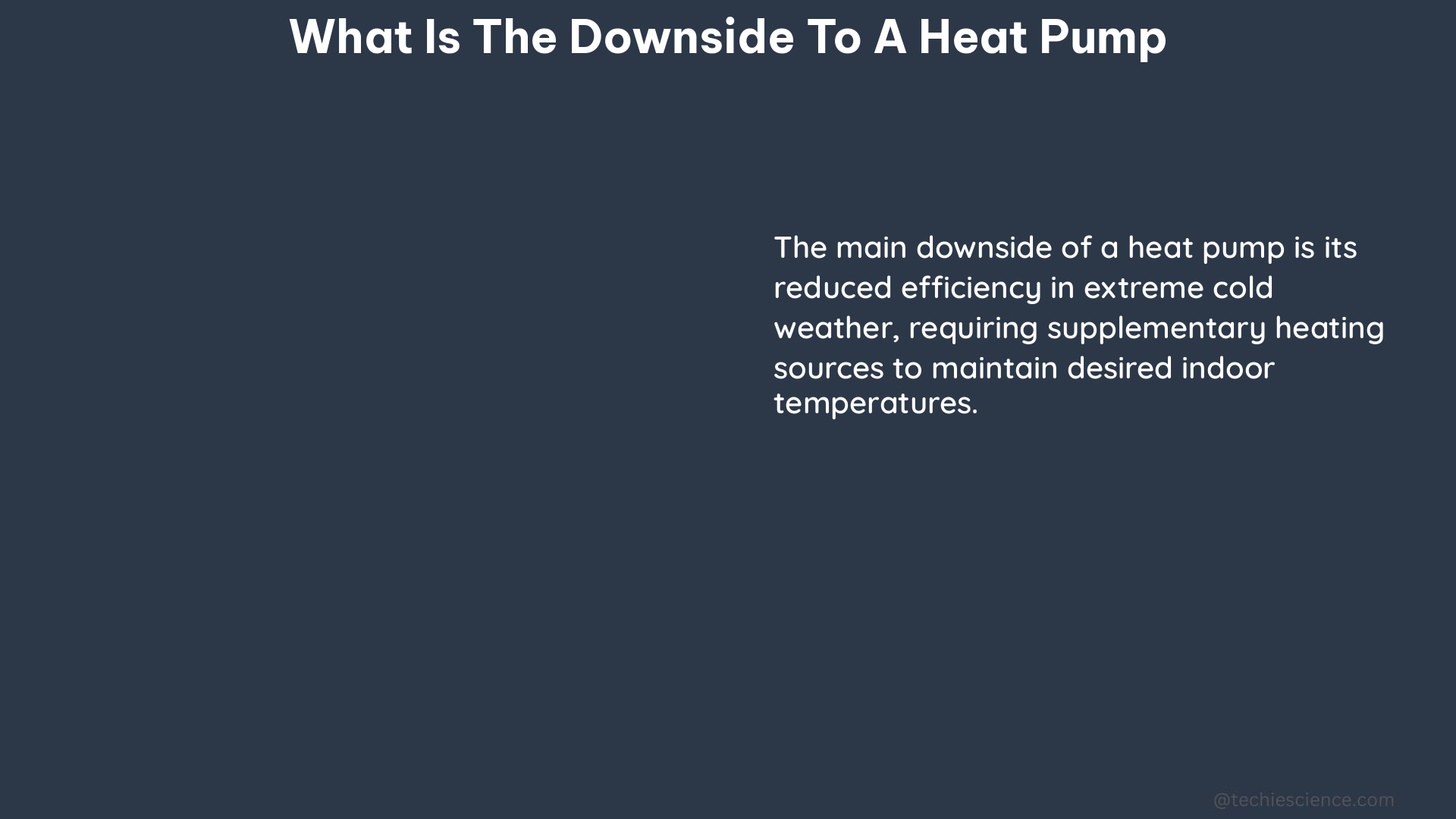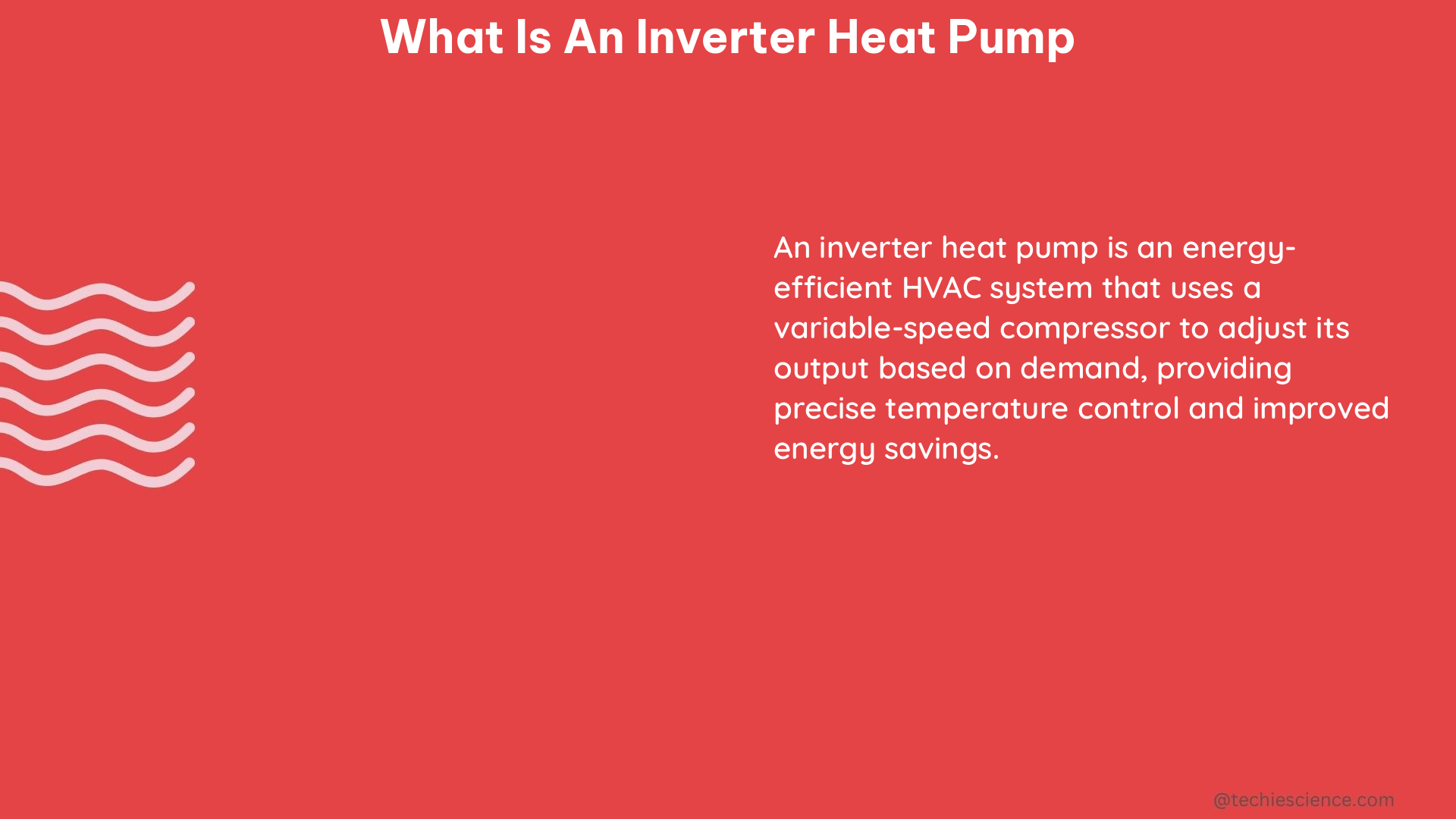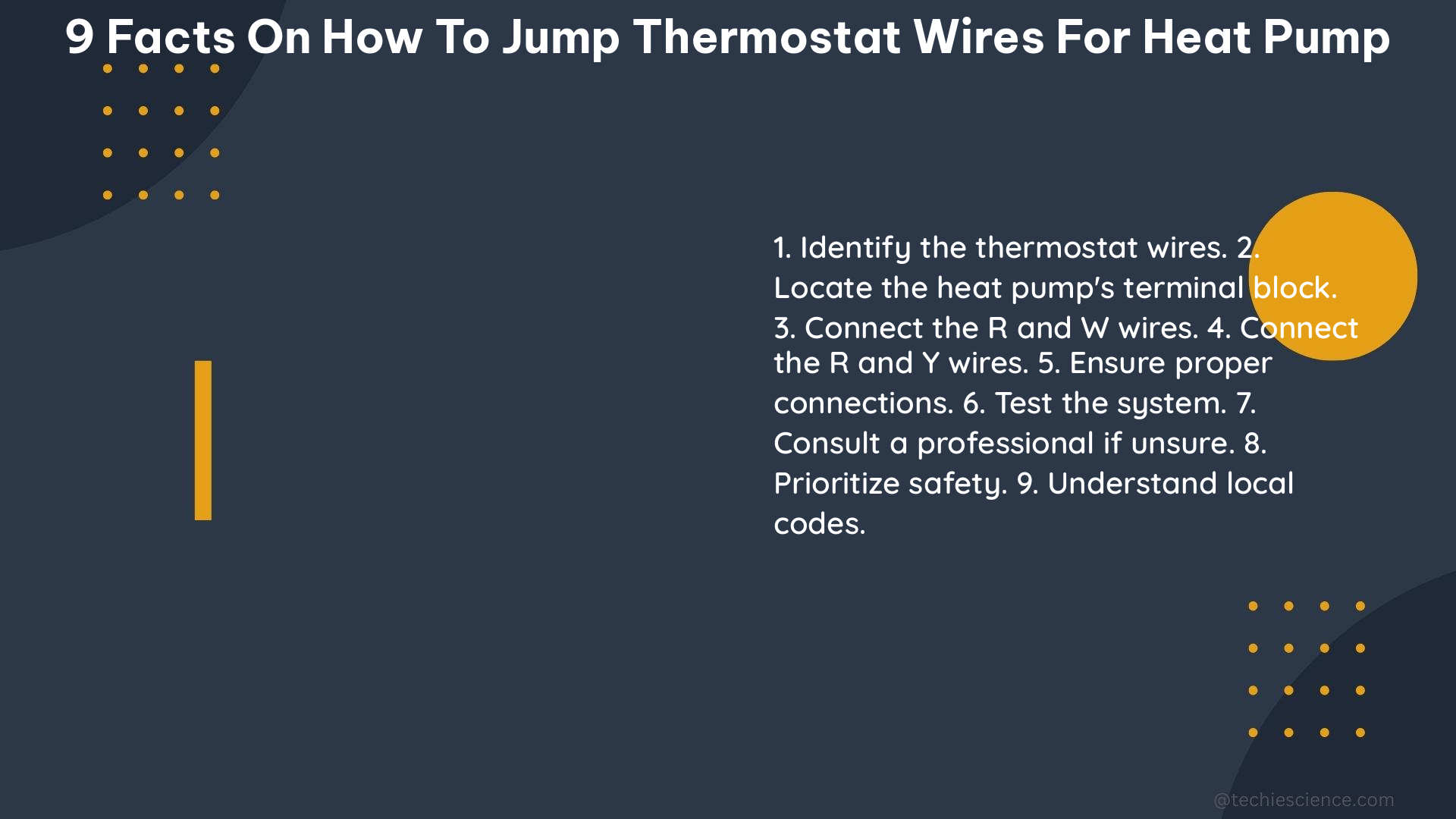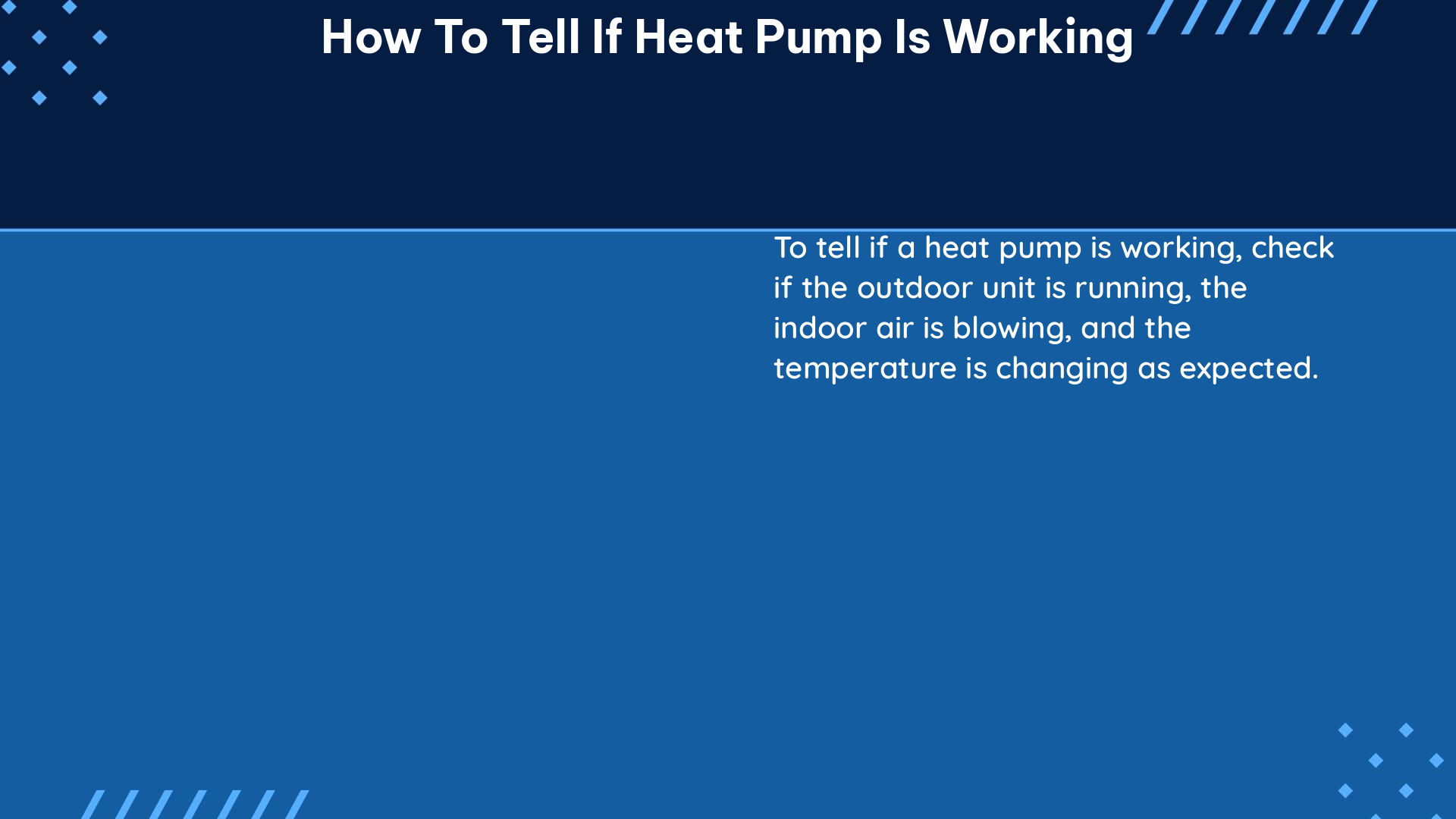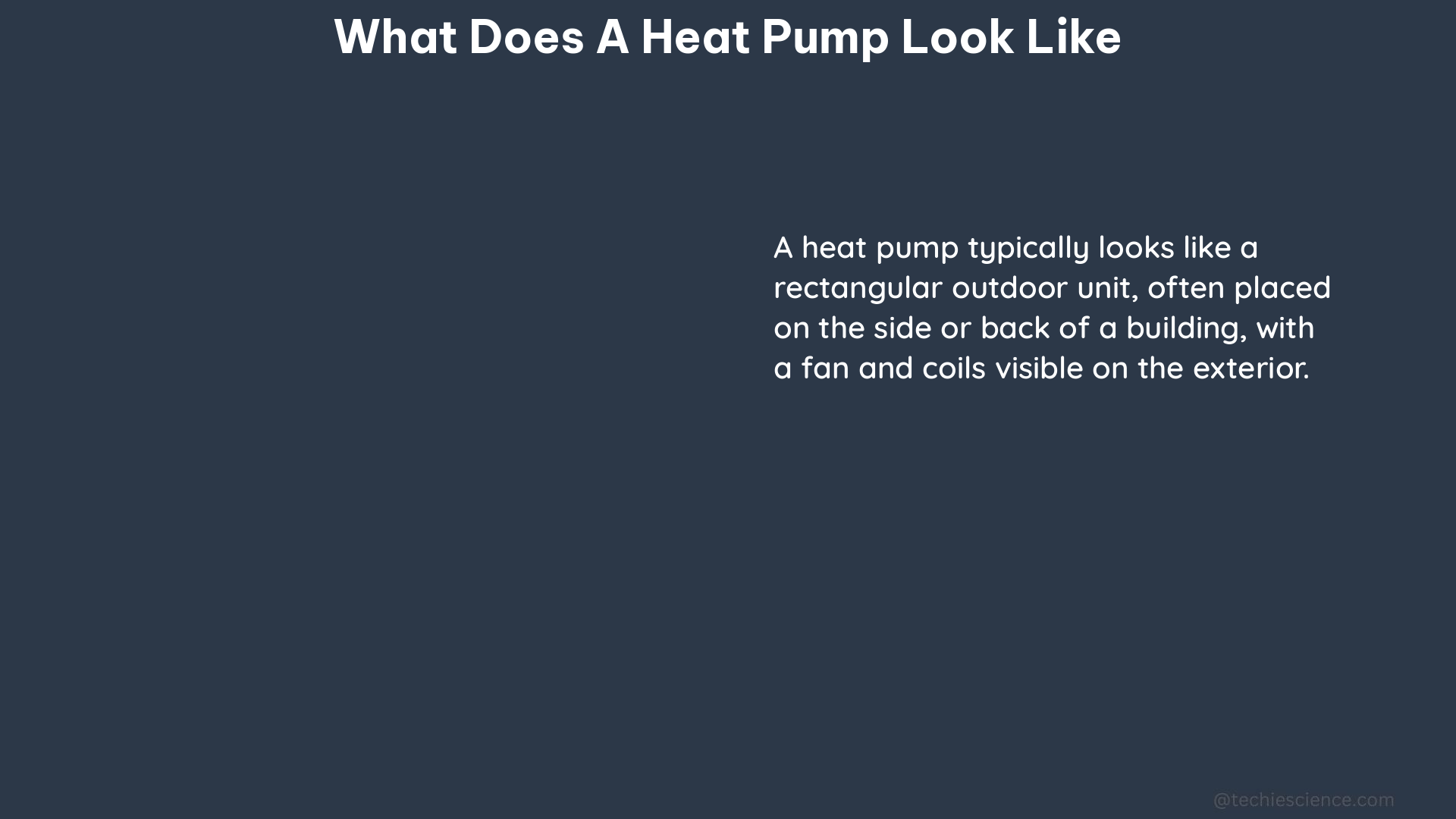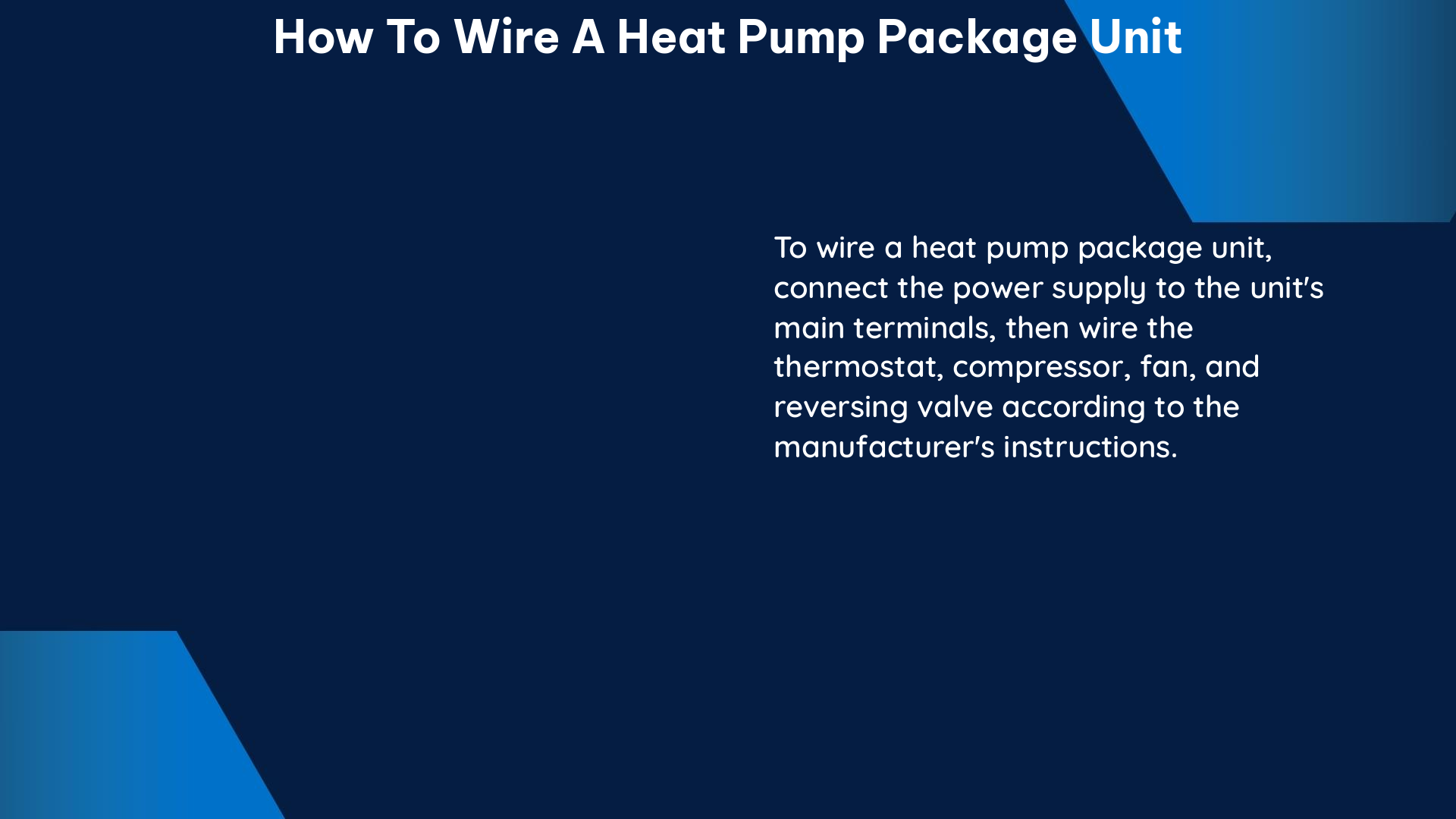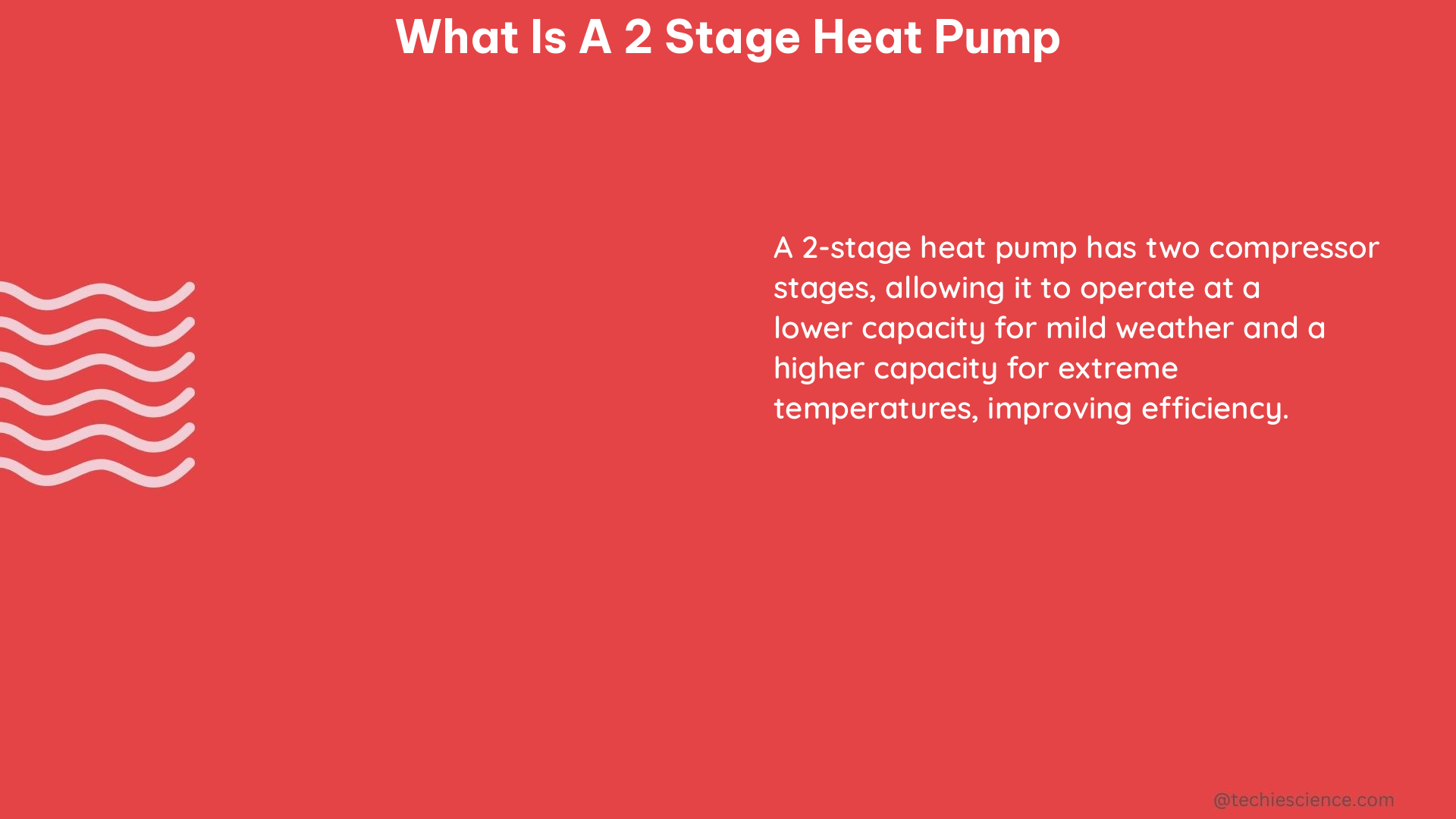Summary
Heat pumps are a popular and energy-efficient way to heat and cool your home, but understanding how much electricity they consume can be a complex task. This comprehensive guide will dive deep into the factors that influence a heat pump’s kWh usage, providing you with the knowledge to make informed decisions about your home’s heating and cooling needs.
Factors Affecting Heat Pump kWh Usage

Heat Pump Size and Power Consumption
The size and power consumption of a heat pump are the primary factors that determine its kWh usage. Smaller heat pumps, such as mini-splits for single rooms, can draw as little as a few hundred watts, while the largest, least-efficient models can consistently pull 7.5 kW or more.
According to the U.S. Energy Information Administration, the average heat pump runs at around 15,000 watts. However, this number can vary significantly depending on the specific model and its efficiency.
Electricity Rates
The cost of electricity in your area is another crucial factor in determining the kWh usage of your heat pump. The U.S. Energy Information Administration reports that the average cost of electricity in the U.S. is 16 cents per kWh, but this can vary widely depending on your local utility provider.
Usage Duration
The number of hours your heat pump is in use each day will also impact its kWh usage. A heat pump that runs for 10 hours per day will consume more electricity than one that runs for only 5 hours.
Environmental Factors
The outdoor temperature and the insulation of your home can also affect the kWh usage of your heat pump. Colder outdoor temperatures and poor insulation can cause the heat pump to work harder, consuming more electricity to maintain the desired indoor temperature.
Efficiency Ratings
The efficiency of your heat pump, as measured by its Seasonal Energy Efficiency Ratio (SEER) rating, can also impact its kWh usage. Heat pumps with higher SEER ratings, such as 16 or higher, can be up to 40% more efficient than standard models, leading to significant energy savings over time.
Calculating Heat Pump kWh Usage
To calculate the kWh usage of a heat pump, you can use the following formula:
kWh = (Amps x Volts x Hours) / 1000
Where:
– Amps is the current draw of the heat pump in amperes
– Volts is the voltage of the electrical supply in volts
– Hours is the number of hours the heat pump is in use
For example, let’s say you have a heat pump that draws 15,000 watts and is in use for 10 hours per day. To calculate the kWh usage, you would use the following formula:
kWh = (15 x 240) / 1000
kWh = 36
So, in this example, the heat pump would use 36 kWh per day.
Maximizing Heat Pump Efficiency
To ensure your heat pump is running as efficiently as possible and minimizing its kWh usage, consider the following DIY tips:
- Clean or replace the air filter: A dirty air filter can reduce the efficiency of your heat pump and cause it to use more energy. Be sure to clean or replace the air filter regularly.
- Check the ducts: Leaky or damaged ducts can cause your heat pump to work harder and use more energy. Inspect the ducts regularly and repair any leaks or damage.
- Clean the coils: The evaporator and condenser coils on your heat pump can become dirty over time, reducing its efficiency. Clean the coils regularly to maintain peak performance.
- Insulate your home: Proper insulation can help reduce the amount of energy your heat pump uses by keeping the heat inside your home. Ensure your home is well-insulated to minimize energy waste.
- Use a smart thermostat: Programmable and smart thermostats can help reduce the amount of time your heat pump is in use, leading to significant energy savings.
- Choose a high-efficiency model: When replacing your heat pump, opt for a model with a high SEER rating, as these can be up to 40% more efficient than standard models.
By understanding the factors that influence heat pump kWh usage and implementing these DIY tips, you can ensure your heat pump is running as efficiently as possible, minimizing your energy costs and environmental impact.
